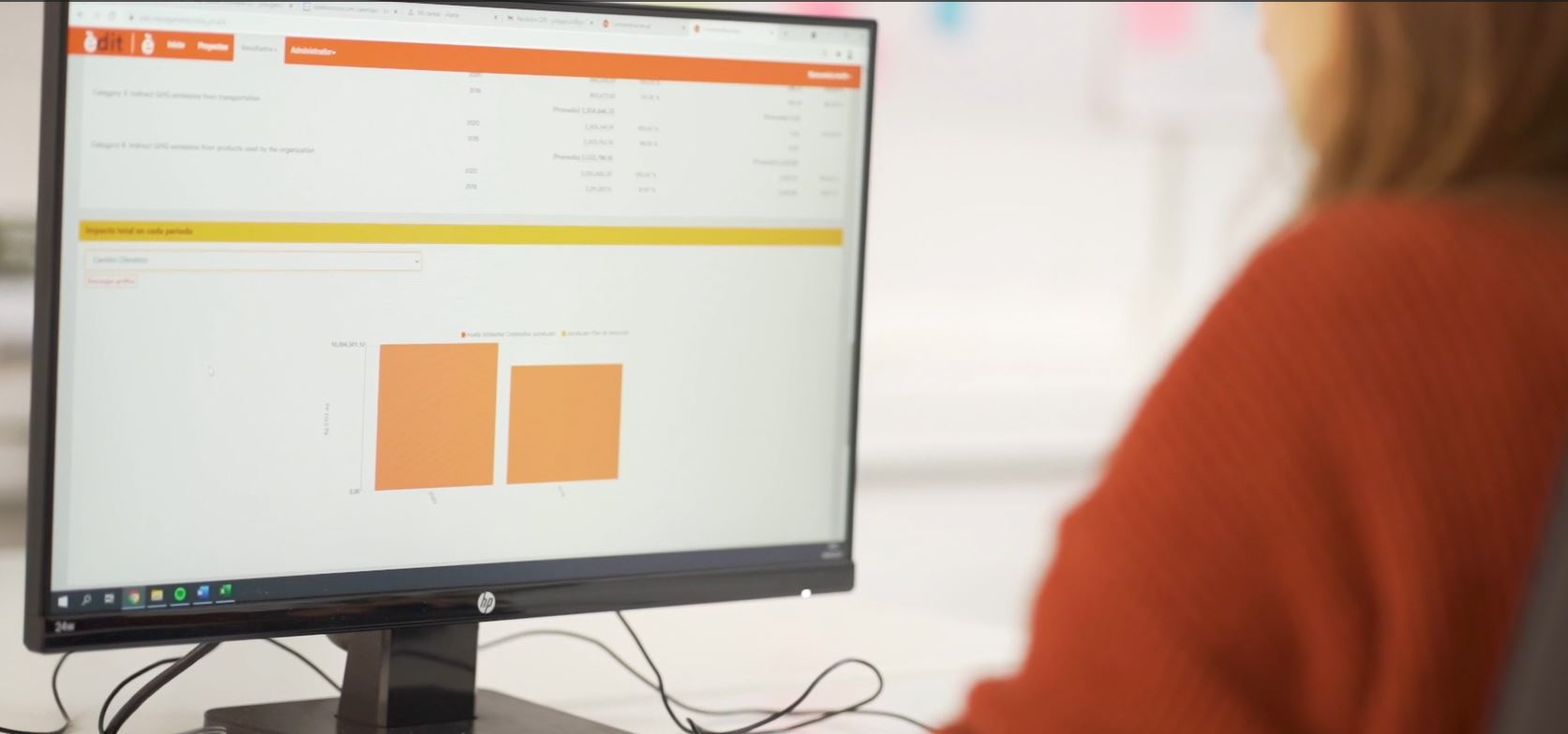
Prevention officer (in ergonomics and applied psychosociology).
Other denominations
Senior ergonomics and applied psychosociology technician
Description
Employers are required to carry out the necessary occupational risk prevention operations in order to protect the health and safety of their workers. To perform these operations correctly, they must be advised by professional prevention officers. The regulations on occupational risk prevention are set forth in Law 31/1995, of 8 November, on occupational risk prevention, and Royal Decree 39/1997, of 31 January, which sets out the Regulations for prevention services and all other associated services. The Regulations on Prevention Services define the qualifications required by and duties of the professionals who wish to work in occupational risk prevention, laying out four specialty areas at senior level: occupational health, occupational safety, industrial hygiene and ergonomics and applied psychosociology.
Tasks
- Ergonomics, which involves adapting machines and workspaces to workers, ensuring that they don't become health hazards. For example, there are diseases associated with repetitive movements, working with computers, etc.
- Psychosociology, which deals with the conditions associated with how work is organised, its content, and the performance of tasks by workers. If psychosocial conditions are not good, this can lead to stressful situations, issues at work, etc.
- Promote the prevention of occupational risks across the board at the company, so that the policy of prevention is integrated into the organisation and everyone incorporates this concept into their position, from the operator and middle manager to the directors. The aim of occupational risk prevention is to coordinate all of the operations performed at a company in order to eliminate or minimise work-related risks.
- Undertake the assessment of occupational risks at the company. Occupational risk assessments estimate the magnitude of the risks that exist at the company, depending on the likelihood of a hazard occurring and the severity of the potential consequences (minor, major or severe). Risk assessments take into account working conditions and workers' characteristics. As part of the risk assessment process, senior technicians, depending on the type of assessment performed, establish measurement strategies to ensure that the results obtained reflect the reality and, furthermore, flexibly apply and interpret the assessment criteria. For example, they assess the movements performed by factory operators to identify whether these include repetitive movements that could cause microtrauma.
- Propose measures to control and reduce risks. Once the occupational risk assessment has been completed, technicians propose measures to eliminate or reduce the occupational risks identified. These proposals may include:
preventive measures at the source of the risk. For example, ensuring the use of chairs that can be adjusted both horizontally and vertically.
Organisational measures. For example, establishing rotating shifts so that a single person does not have to repeatedly perform the same movements with a machine.
Collective protection measures. When the risk affects a group of workers, they apply collective measures, such as separating the customer service areas from the other workspaces to reduce the pressure of this type of work.
Individual protective measures. Establish measures for specific workers, particularly where it is not possible to apply collective protective measures.
As part of the control actions, periodically check the working and organisational conditions to identify any substantial changes that may entail a health hazard for workers (e.g. the establishment of extremely long shifts or limited breaks, etc.). - Ensure compliance with the occupational risk control and reduction programme in the area of ergonomics and psychosociology area set out following the risk assessment and perform control and reduction tasks by planning the prevention work defined by the company.
- Undertake information and basic training activities for workers in the area of ergonomics and occupational psychosociology. Companies have the obligation to offer information about the risks that exist in each position, as well as the risks at the company in the area of ergonomics and psychosociology. Additionally, they must also train workers on occupational risk prevention for their position. For example, they show them how to sit in front of and work with computers to avoid poor posture.
- Plan preventive action. The aim of preventive action is to eliminate, reduce and control occupational risks. Following the completion of the risk assessment, technicians establish the priority of the preventive actions to be applied depending on the most severe hazards, those which are most likely to occur and the number of workers they affect. For example, if they notice that a particular position involves a lot of stress, they may decide to set up controls to supervise the people in the position in question and subsequently attempt to make changes in the organisation of the work in order to reduce this stress.
- Coordinate the actions performed in relation to emergencies and first aid. Companies must have a self-protection plan that sets out what type of emergencies might occur, what measures should be adopted in each case, and how the company should be organised in the case of an emergency. These technicians oversee the coordination and application of self-protection plans.










 | Catalan | Beginner
| Catalan | Beginner | Catalan | Advanced
| Catalan | Advanced
 Open
Open



 | Catalan | Beginner
| Catalan | Beginner


